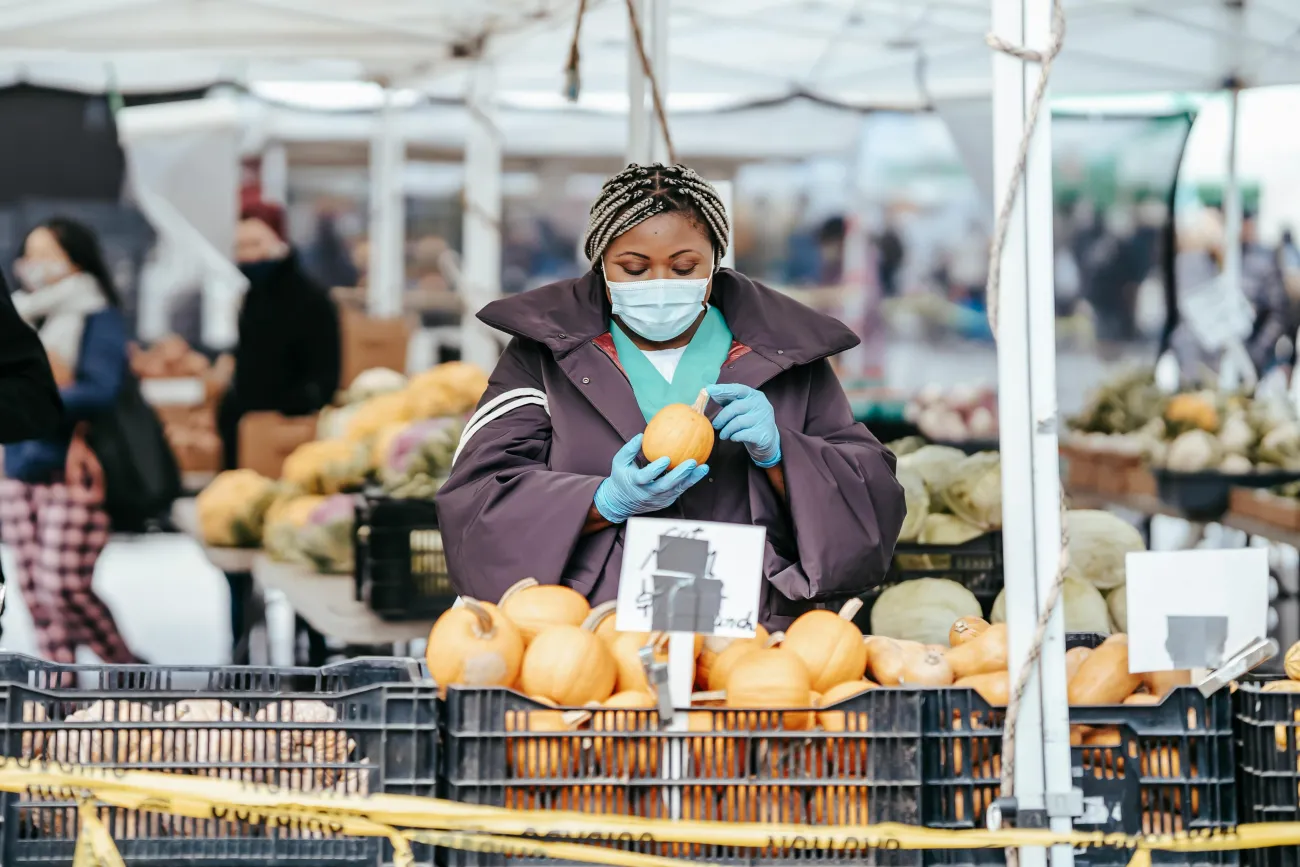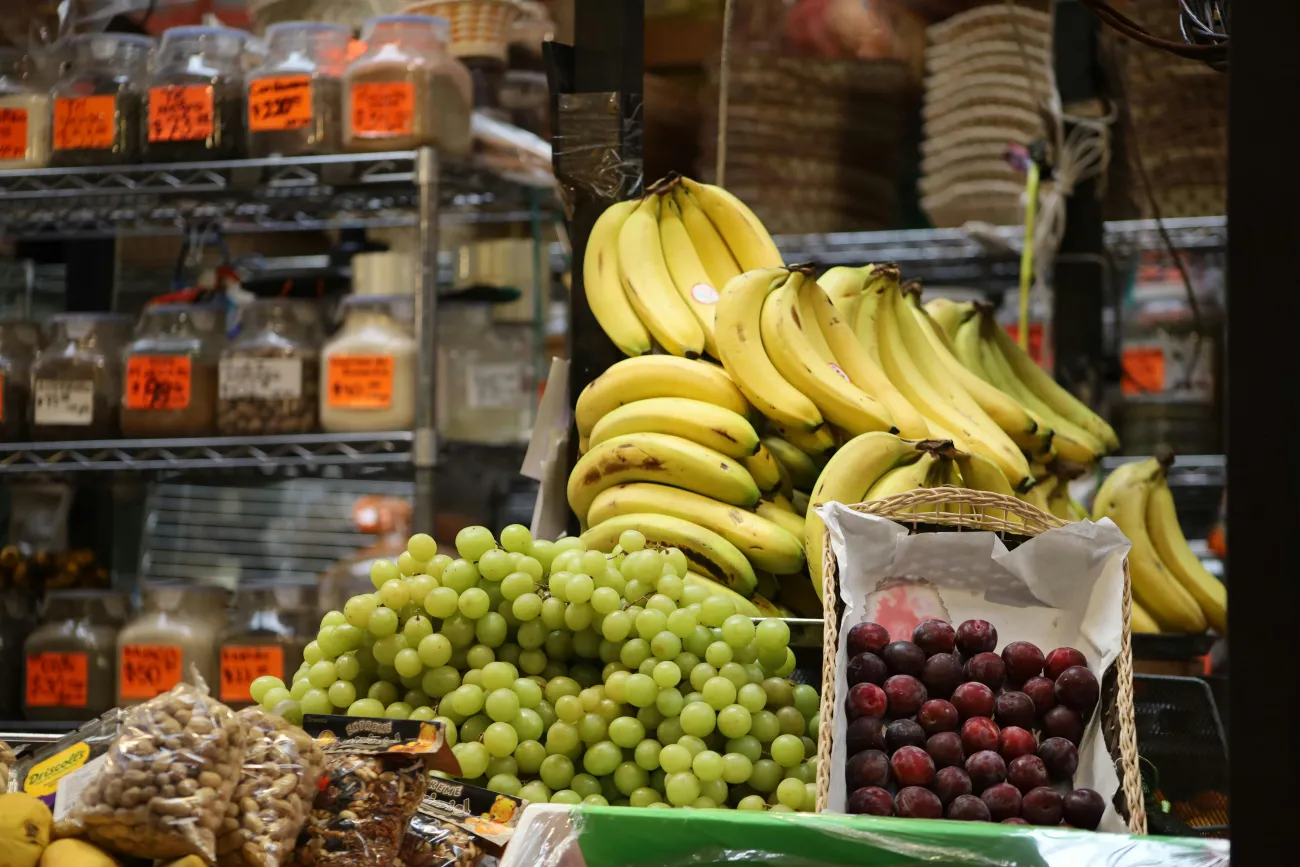This research argues that we need to implement a food waste hierarchy approach to preventing and managing food surplus and waste. It argues that a distinction between food surplus and waste is crucial as is the distinction between avoidable and unavoidable waste. Its main message is that food waste can be prevented by adopting a sustainable production and consumption approach and by tackling food surplus and waste throughout the global food supply chain.
A diagram from the paper is copied below showing which actions that can be taken at different stages, from the most to the least preferred option; prevention, re-use, recycle, recovery and disposal.


Image: Figure 5, Papargyropoulou et al. The food waste hierarchy.
Abstract
The unprecedented scale of food waste in global food supply chains is attracting increasing attention due to its environmental, social and economic impacts. Drawing on interviews with food waste specialists, this study construes the boundaries between food surplus and food waste, avoidable and unavoidable food waste, and between waste prevention and waste management. This study suggests that the first step towards a more sustainable resolution of the food waste issue is to adopt a sustainable production and consumption approach and tackle food surplus and waste throughout the global food supply chain. The authors examine the factors that give rise to food waste throughout the food supply chain, and propose a framework to identify and prioritize the most appropriate options for prevention and management of food waste. The proposed framework interprets and applies the waste hierarchy in the context of food waste. It considers the three dimensions of sustainability (environmental, economic, and social), offering a more holistic approach in addressing food waste. Additionally, it considers the materiality and temporality of food. The food waste hierarchy posits that prevention, through minimization of food surplus and avoidable food waste, is the most attractive option. The second most attractive option involves the distribution of food surplus to groups affected by food poverty, followed by the option of converting food waste to animal feed. Although the proposed food waste hierarchy requires a fundamental re-think of the current practices and systems in place, it has the potential to deliver substantial environmental, social and economic benefits.
Citation
Papargyropoulou, E., Lozano, R., Steinberger, J. K., Wright, N., bin Ujang, Z., (2014). The food waste hierarchy as a framework for the management of food surplus and food waste, Journal of Cleaner Production, Volume 76, Pages 106–115
You can access the paper here and see other literature on food waste and resource use here.




Comments (0)